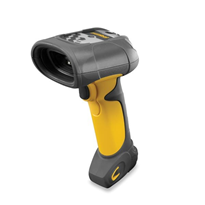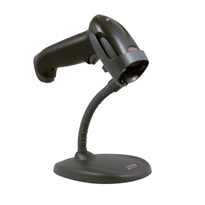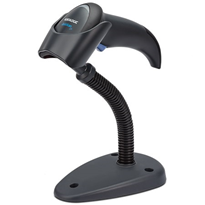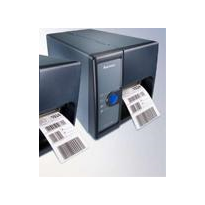The invention of the barcode revolutionised the way that businesses, particularly retail, manage their inventory. The ability to easily and accurately track items from warehouse to shelf to checkout, lookup pricing and update stock levels saved time and money, and dramatically sped up the shopping process for customers. The linear, or 1D, barcode is still widely used today, in the same format as when it first burst onto the supermarket scene in the 1970s.
However, whilst it is still very widely used, the 1D barcode does have its limitations – primarily in the amount of data that it can store. A 1D barcode simply provides basic information on what the product is, the manufacturer and the source country.
That’s why more and more manufacturers and retailers are making the switch from 1D to 2D barcodes.
The biggest difference between 1D barcodes and their 2D counterparts is that the latter can hold vastly more data. Whereas the 1D barcode uses vertical, uniform length black lines, a 2D barcode contains ‘cells’ or dots, in a horizontal and vertical pattern. This pattern has led to them also being known as ‘GS1 Data Matrix’ codes. 2D barcodes were invented as long ago as the 1980s, but have come into much wider use only in the 21st century. Their growth has been driven by advancements in scanning technology, including the widespread use of smartphones with cameras, and by the greater engagement of consumers with the products they buy.
Why switch?
2D barcodes offer some important advantages to retailers:
- Using 2D barcodes, retailers can track more information, such as prices, expiration dates, and even images. Expiration date information helps to reduce wastage, as ‘about to go out of date’ items can be readily identified and marked-down. If they do reach the checkout after their sell-by date, they can be identified, eliminating the risk of a health hazard.
- 2D barcodes can be scanned in any direction, speeding up checkout processing and reducing scanning errors.
- 2D barcodes are legible even if slightly damaged or smudged – their small square-shaped dots are less likely to become smudged or distorted than the lines of a 1D barcode. They contain redundancy checks that allow for a certain amount of the barcode to become damaged and still maintain full scanability. This means that 2D barcodes will last longer and can be used more effectively over time, reducing ‘non-scans’ improving staff productivity.
- They are smaller than 1D barcodes, so are less intrusive and can be used on a wider range of items
- They can be read using a smart-phone as well as a specialised scanner, making them accessible by consumers as well as store staff.
- Looking at the longer term, 2D barcodes are likely to be the better investment, as they are more likely to be supported by newer systems and software.
- They enhance the customer experience and increase brand loyalty – 2D barcodes enable consumers to simply use their smartphone to get information about the provenance of their produce, along with recipe ideas and cooking/usage tips.
The practicalities of switching
The advantages are many, but it’s still important to note that switching from 1D to 2D barcodes can be a complex process, requiring businesses to update their barcode scanning equipment and software. Additionally, many POS systems may not be compatible with 2D barcodes, which means that retailers may need to purchase new systems in order to use them.
In summary
Despite these challenges, the benefits of 2D barcodes make them a worthwhile investment for retailers looking to improve their inventory management and checkout process. With their increased data storage capacity, convenience and durability, 2D barcodes are a powerful tool that can help businesses operate more efficiently and effectively.
In conclusion, the 2D or GS1 Data Matrix barcode is an important technological advancement that can provide retailers with many advantages over traditional 1D barcodes. While switching to 2D barcodes may involve some upfront costs and challenges, the benefits in the long term make them a sound investment for any business looking to improve its operations.





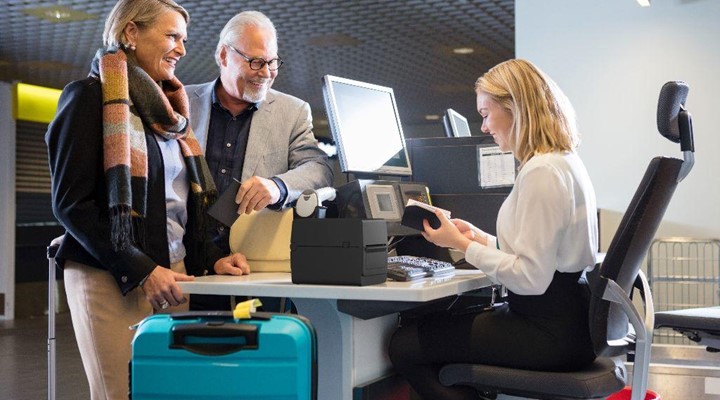
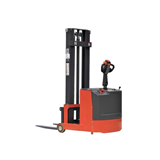
-160x160-state_article-rel-cat.png)

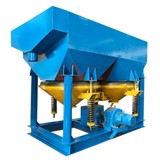





-160x160-state_article-rel-cat.png)
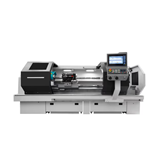


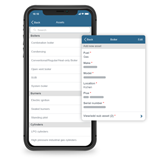
-160x160-state_article-rel-cat.png)


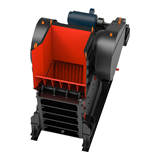

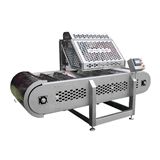
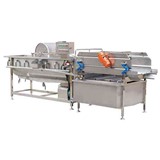
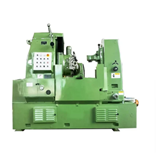
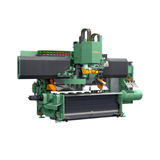
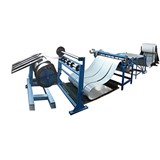
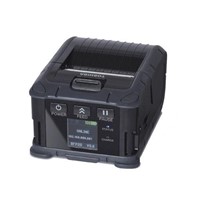
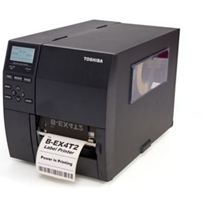
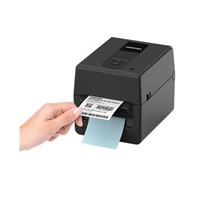
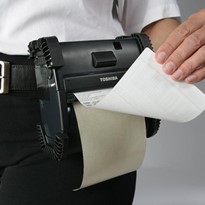
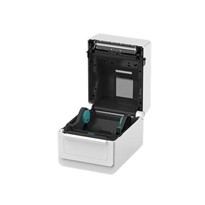
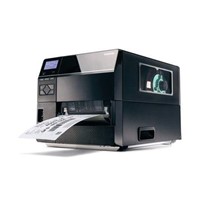

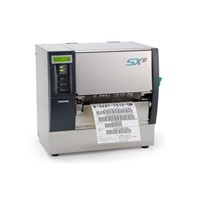
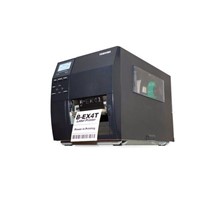
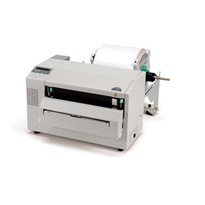
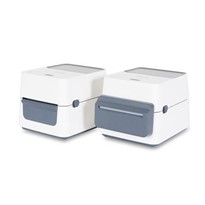
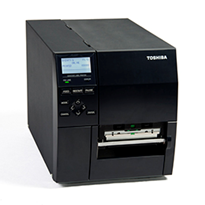
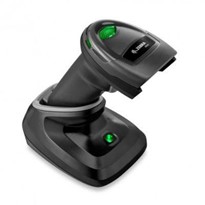
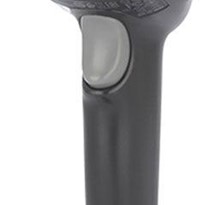
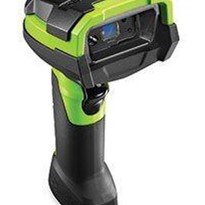
-205x205.jpg)
-205x205.jpg)
